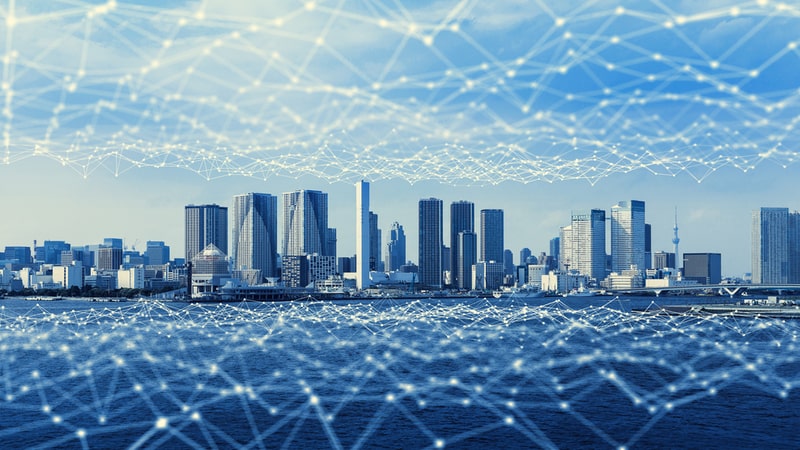
While many industries continue to utilize virtual models of people and objects to mimic and predict the performance of their physical counterparts, a recent report from the Government Accountability Office (GAO) warns that some virtual models raise technical, privacy, security, and ethical challenges.
Digital twins – which are virtual representations of people, physical objects, processes, or systems – integrate with data from their physical counterparts, collected through sensors, to remotely maintain, monitor, or predict how that “physical twin” will perform. These virtual models have been used to design aircraft parts, predict and avoid supply chain disruptions, and improve traffic safety more efficiently, among many other missions.
GAO acknowledged in its new report that digital twins do offer undeniable opportunities. In manufacturing and engineering, digital twins help organizations avoid potential problems, optimize manufacturing and engineering projects, and reduce costs. In health care, digital twins help facilitate predictive and personalized medicine to improve patient outcomes and reduce some healthcare costs.
However, despite these opportunities, the Federal watchdog agency is warning that these virtual models also pose potential legal, ethical, and technical issues.
Digital twins require many interrelated systems and networks for large-scale data collection and transmission, which poses interoperability and cybersecurity issues, GAO said. In addition, security and data ownership issues, especially for digital twins applied in health care – can reduce public trust in the technology.
For example, if data used to train machine learning doesn’t accurately reflect the characteristics of a patient population, “the predictive analysis by the digital twin could be misleading or even discriminatory,” GAO said.
In addition, GAO raised concerns that U.S. infrastructure may not be adequate for the high-performance computing required for digital twins. The Federal watchdog highlighted that the high upfront costs of digital twins could create access and affordability issues for less affluent city governments or patients whose health insurance does not cover this use.
“Digital twins are difficult to scale up for more complex systems, and the current U.S. network infrastructure may not be adequate for expanded use,” GAO stated. “Digital twins can be costly to develop, leading to potential inequities in their use.”
In addition, GAO emphasized that existing standards and regulations for digital twin implementation may not be adequate to address their application in complex systems, especially biological ones.
“Currently, users rely on a patchwork of standards for data management, security, and networking established by organizations such as the National Institute for Standards and Technology and the International Organization for Standardization,” GAO explained.
To leverage the opportunities associated with digital twins and avoid the risks that currently exist, GAO recommends that organizations and Federal agencies ask themselves the following questions as they develop or consider utilizing digital twins:
- What options exist for dealing with ethical or equity issues that digital twins could raise, especially in areas such as health care?
- What steps could help mitigate potential security and privacy risks associated with digital twin technology?
- How could standards and regulations be further developed for digital twin technology, especially when applied to individuals?
